
Youth Information Across Borders: Insights from Catalonia
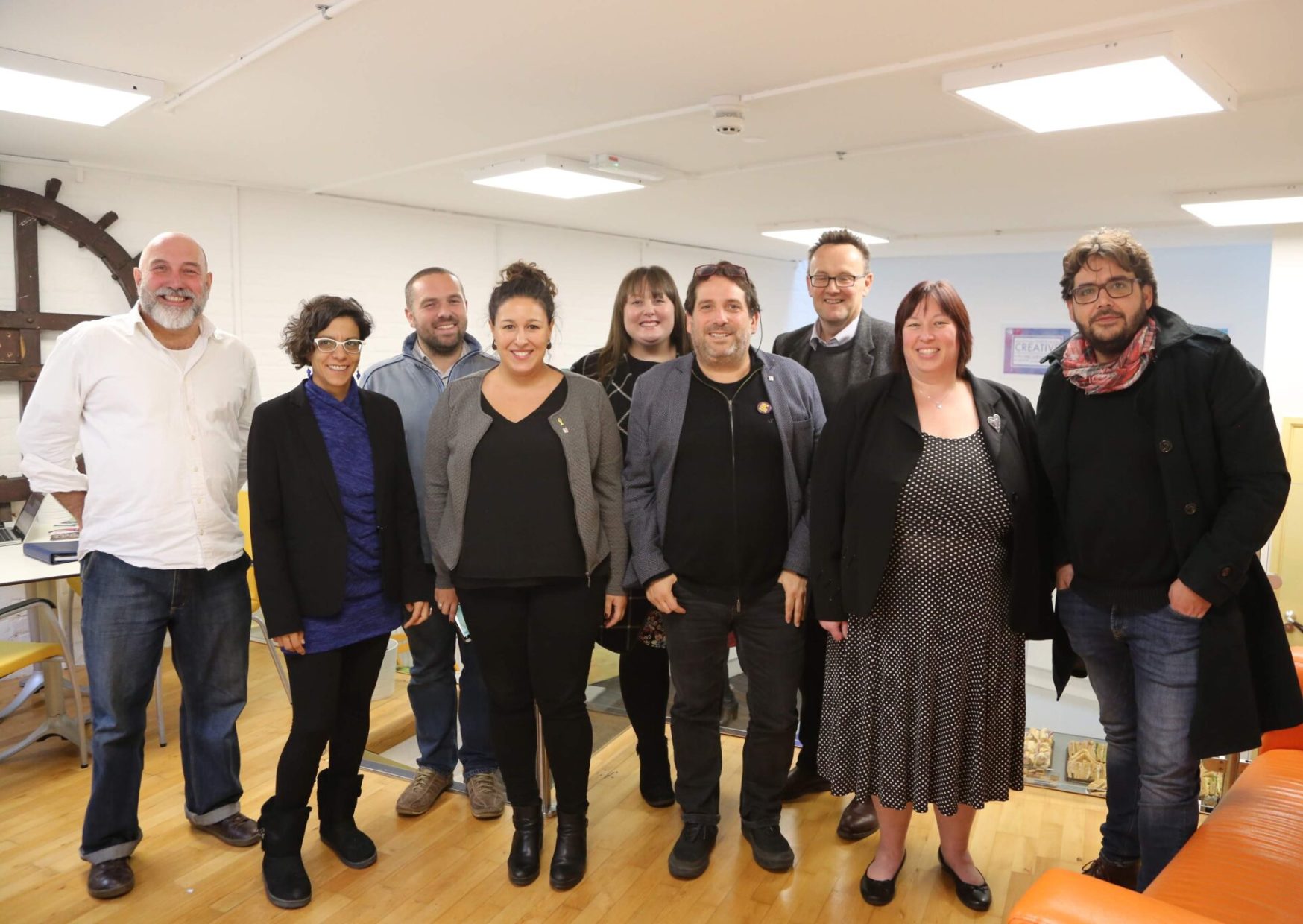
Last year as part of a Taith-funded exchange, our team, along with representatives from the Welsh Government Youth Work Strategy Implementation Board, visited Catalonia to explore their youth information systems
We wanted to share some of our insights and comparisons with Wales. If you’re interested in our activities during the trip, find out more here.
Why Wales and Catalonia?
In 2018, the Catalonian Youth Agency visited ProMo Cymru to explore our services.
Catalonia and Wales share governance, language, and cultural similarities, with devolved governments handling education and health. Both regions face challenges related to bilingualism and rural service provision.
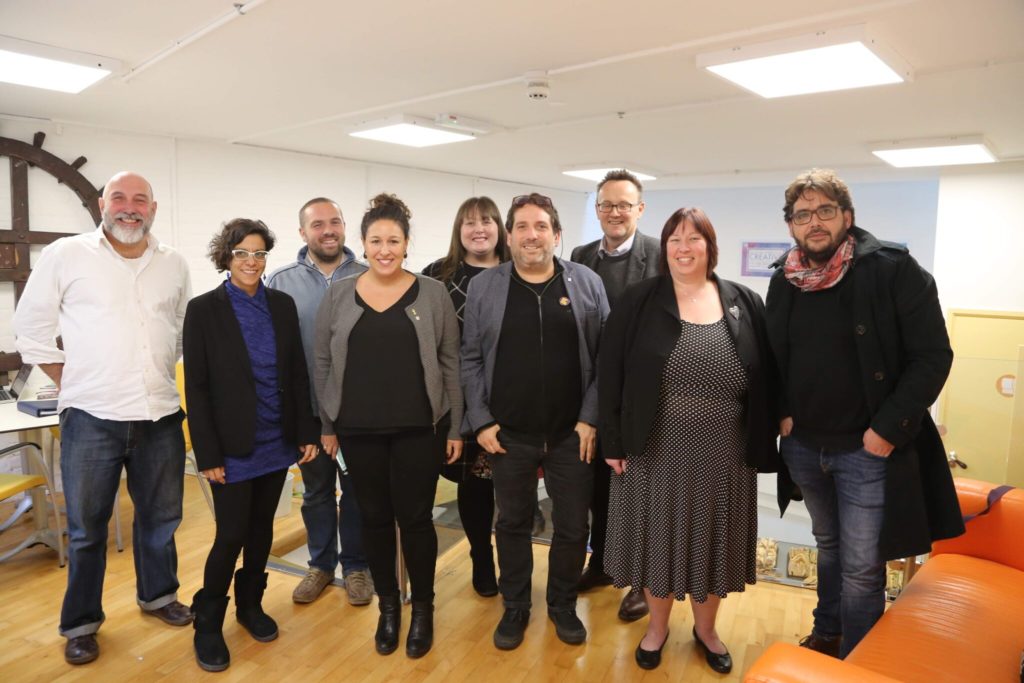
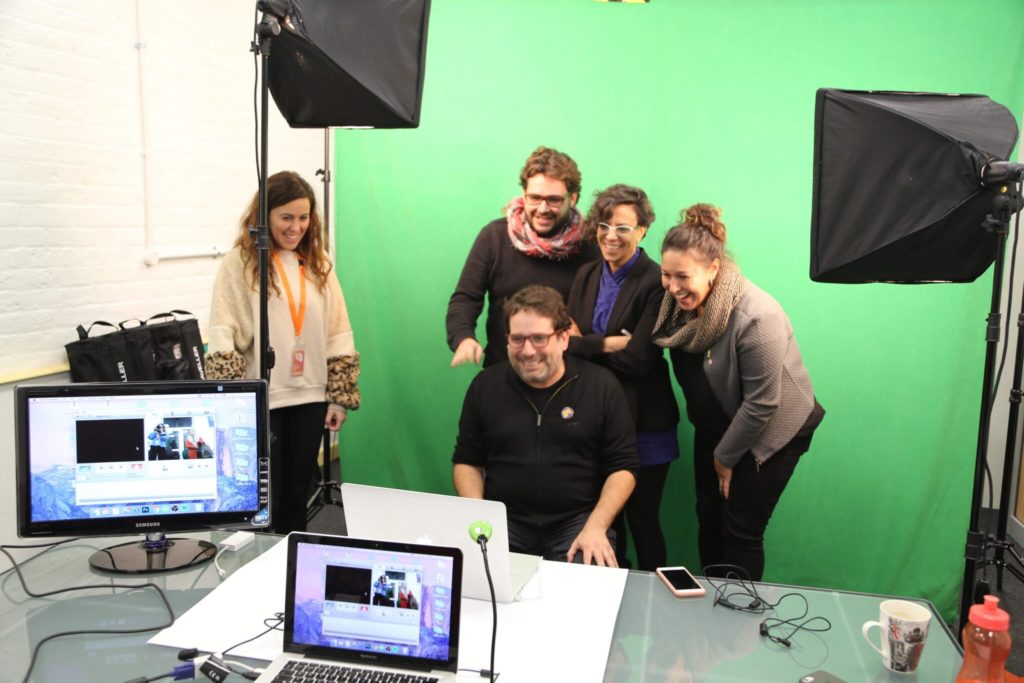
Catalonia – Centralised Coordination
Catalonia’s Generalitat coordinates youth services through the Xarxa Nacional d’Emancipació Juvenil (XNEJ) network. Within the network Agència Catalana de la Joventut implements policies, manages programs, and collaborates with local organisations.
The XNEJ offers employment support, housing assistance, educational guidance, health resources and more. There are over 300 Youth Information Points. Although this model provides uniformity, it can struggle with adaptability and resource allocation due to bureaucracy.
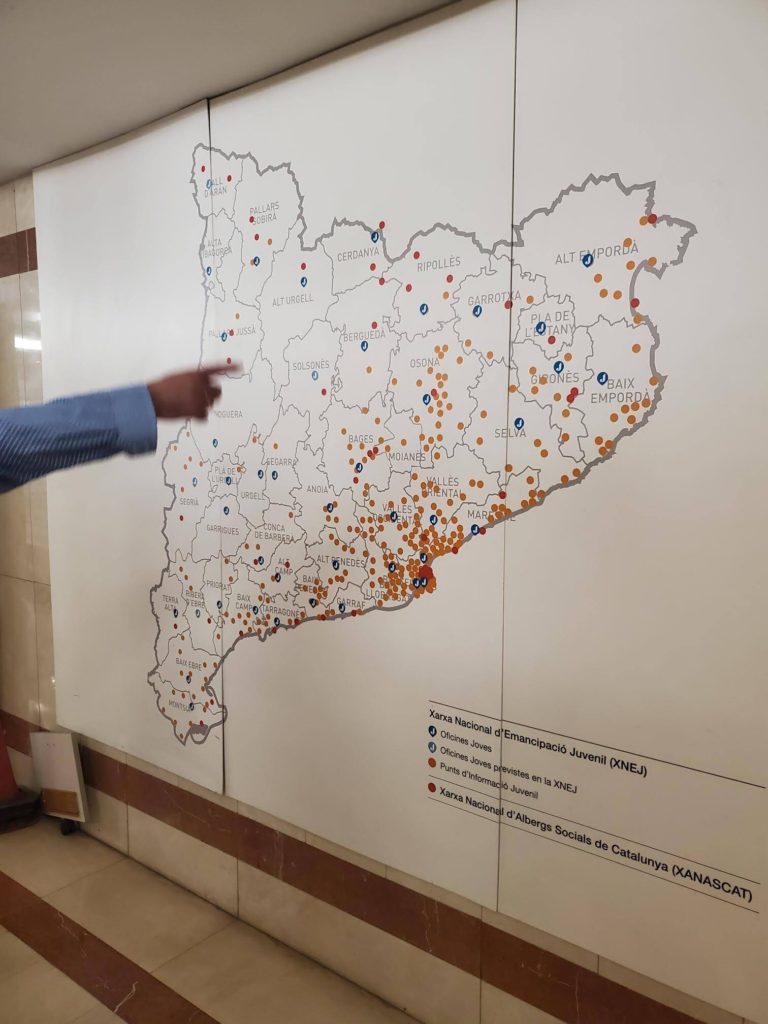

Wales – Decentralised Flexibility
Youth services and education are integrated within the Welsh Government’s Department for Education and the Welsh Language. The decentralised approach allows adaptability and innovation with local authorities tailoring services to community needs. Multiple organisations offer diverse support in locations like schools, community centres and online platforms
This can lead to inconsistencies in service quality and availability meaning uneven support, particularly in disadvantaged areas.
Key comparisons
Both regions face similar challenges, particularly in rural service accessibility and maintaining local languages.
Catalonia integrates health into youth services more effectively, with dedicated health support at places like Girona Youth Health Centre. Health advisors there are classified as youth workers which improves delivery and creates youth-centred health centres with trained professionals.
Young people are defined as 12-35 in Catalonia (11-25 in Wales). They offer comprehensive support on things like employment and housing, but this wider age range could strain resources. Wales can offer targeted support to our smaller age range but not for older young adults transitioning to independence.
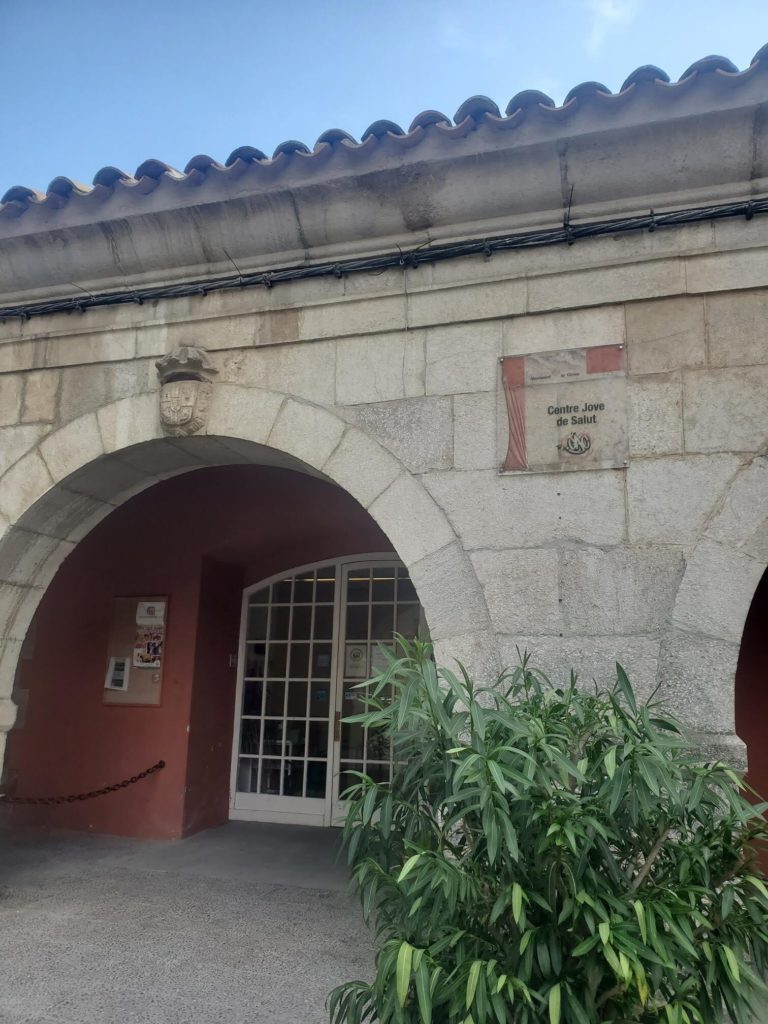
Digital Integration Challenges
Catalonia’s youth services rely heavily on face-to-face engagement with limited digital tools, but the formal, office-like environment of some centres seemed to discourage engagement. We did see some digital elements during our visit to Breda Youth Club, like gaming and a video-making competition.
Incorporating digital engagement could effectively reach those who avoid or struggle with face-to-face services. ProMo’s projects like Sprout and Meic, along with Cardiff Youth Service’s digital team, show how online platforms enhance accessibility for young people.
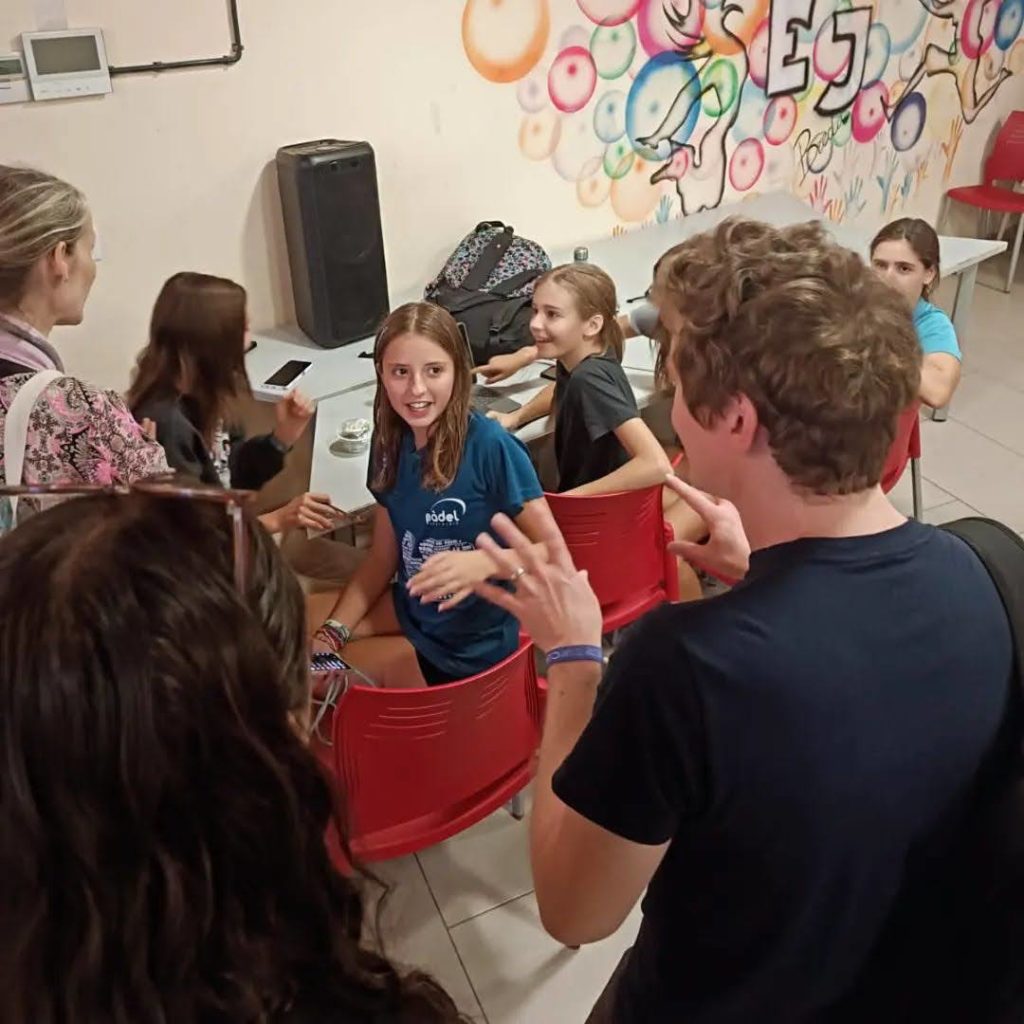
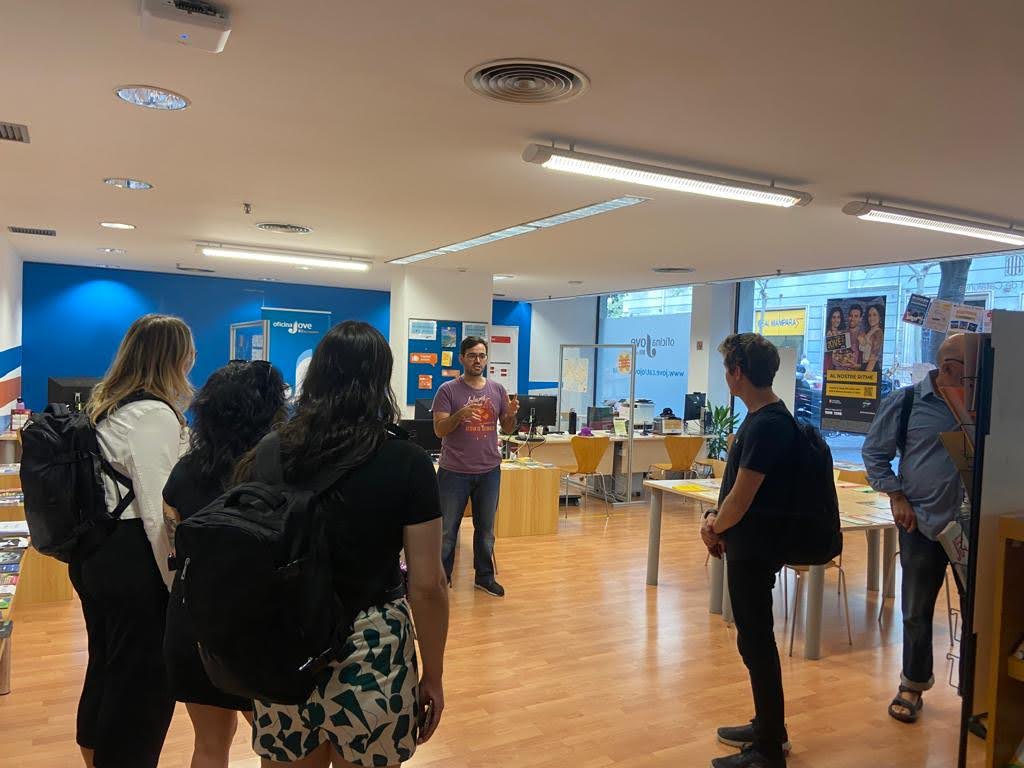
Entitlement cards and apps
With over 500,000 users, Catalonia’s entitlement card focuses on discounts rather than sharing information digitally. Apps and cards seemed underdeveloped, with infrequent updates and low engagement. Some professionals were concerned about partnerships with brands promoting unhealthy products.
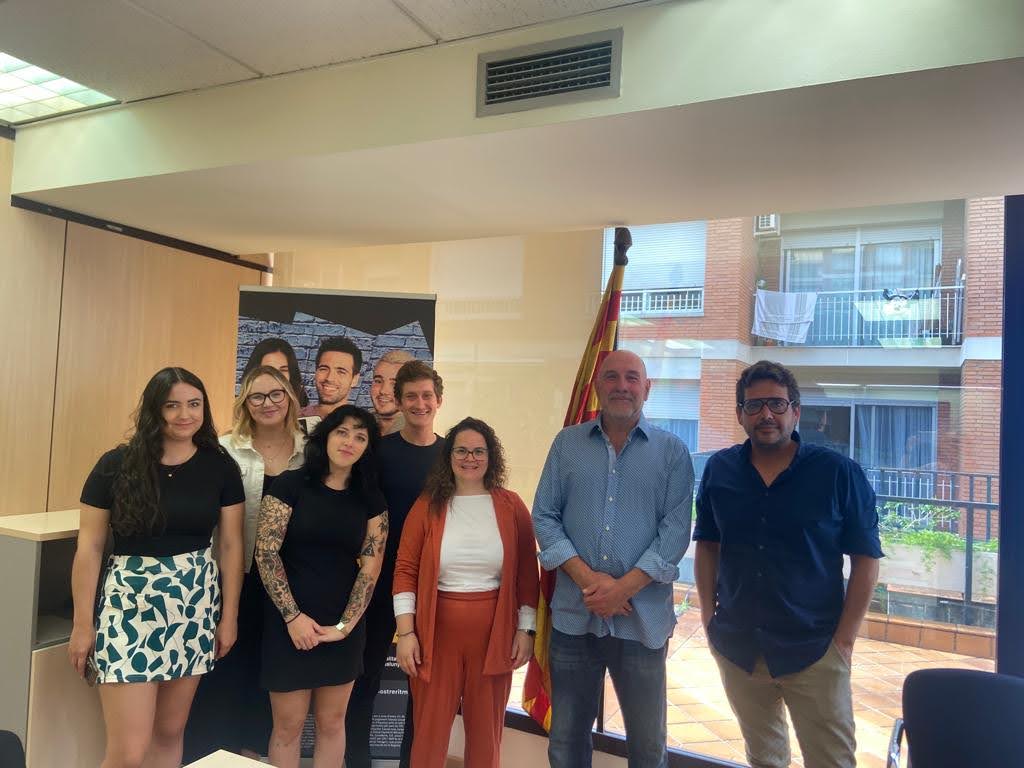
Learning from each other
Wales could adopt Catalonia’s centralised coordination, youth entitlement card, and youth health workers. Catalonia could benefit from Wales’ digital approaches. Combining our methods could enhance youth support and access to information.
Halyna Soltys
23 August 2024

Information

News

Related Articles


TSD Training
Learn To Use Digital Service Design To Better Meet Your User Needs
Applications are now open for third sector organisations in Wales to apply for one of five spaces on an exciting programme that aims to transform your services digitally to meet your user needs better. Each participating organisation will receive £4,800 remuneration for taking part. In the ever-evolving digital landscape, staying ahead is not just an […]
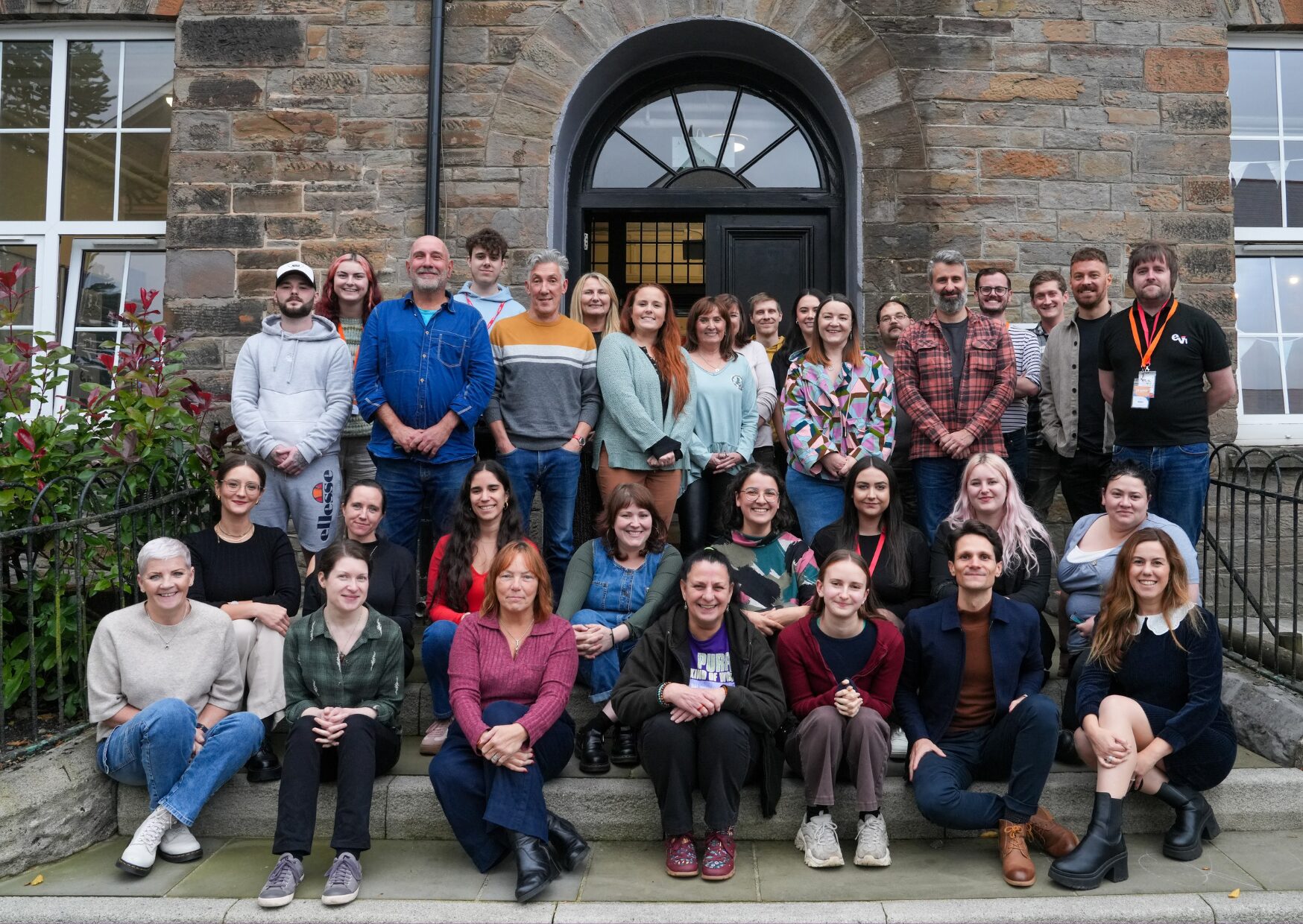

News
(CLOSED) Job Opportunity – EVI Centre Manager
Are you passionate about community development and ready to make a real difference? We’re seeking a dynamic and experienced EVI Centre Manager to lead our vibrant community hub. As our Centre Manager, you’ll be at the heart of our mission to create a welcoming, inclusive, and thriving space for everyone. What you’ll do: – Lead […]
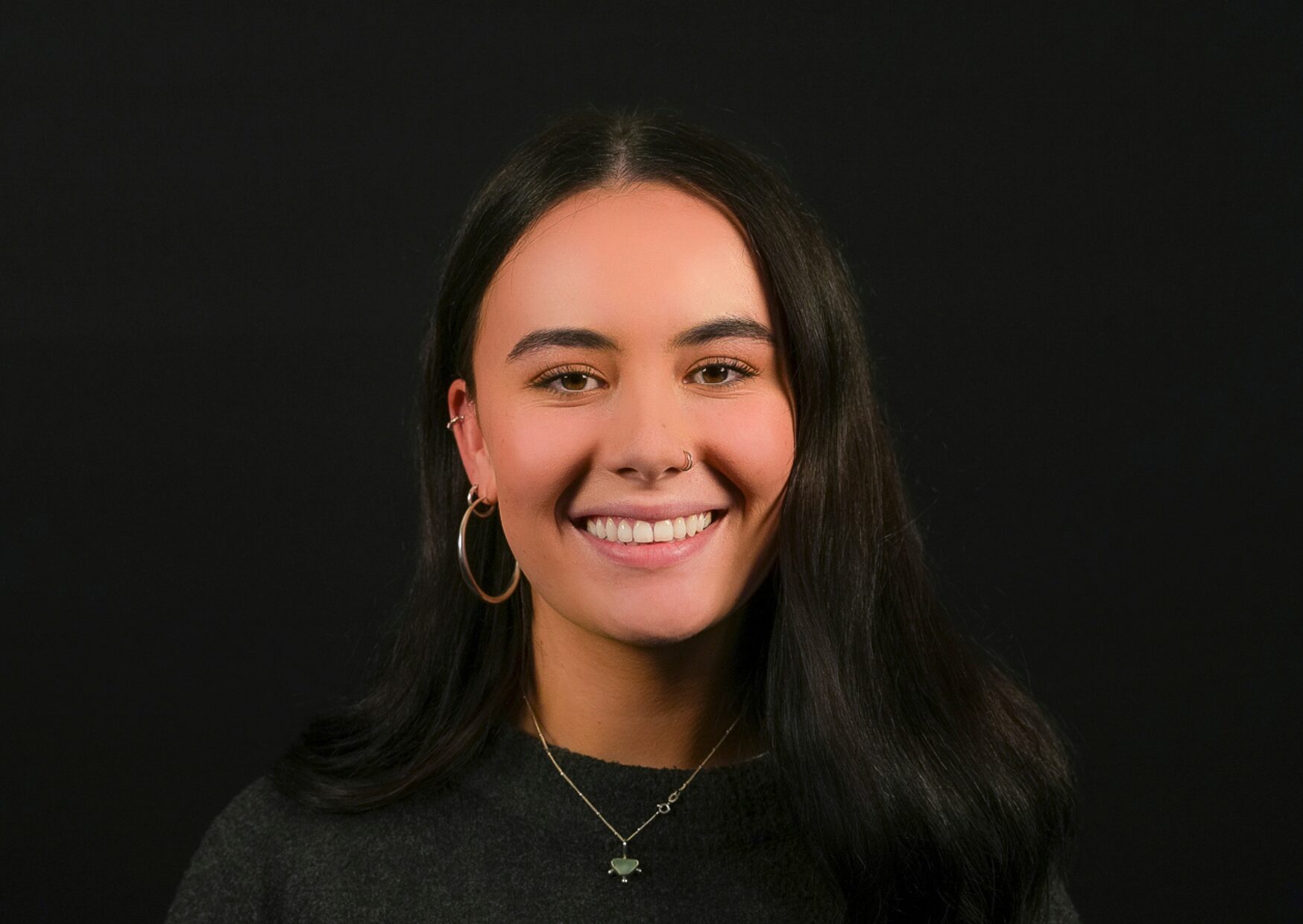

News
Welcome Glain
ProMo Cymru is delighted to welcome Glain Hughes to the team as our Junior Welsh Content Writer. Glain graduated from Aberystwyth University in 2023 with a degree in History and is currently studying for a Masters degree in Social and Public Policy from Cardiff University. Glain gained valuable experience of working in the third sector in her […]
